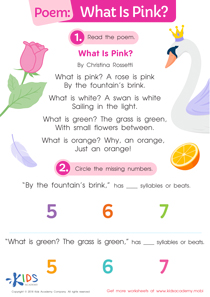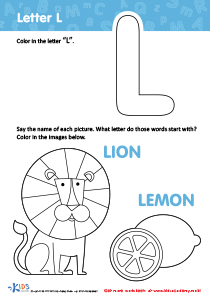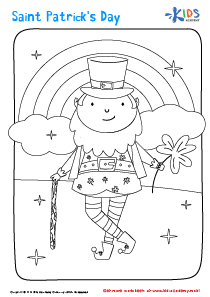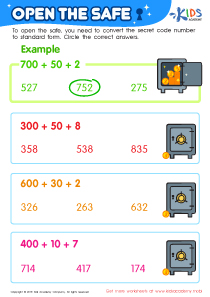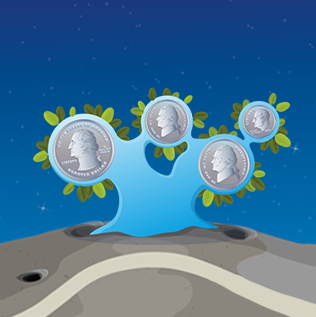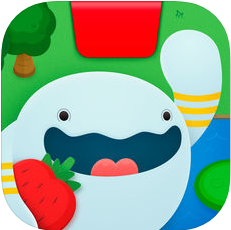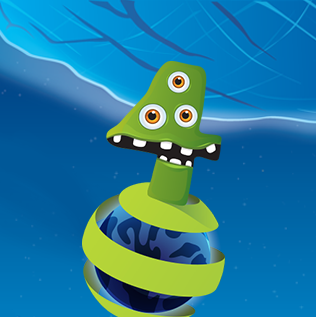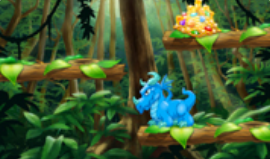Math Lessons | Matching and Sorting, Grade 1
0 results
Our Matching and Sorting Lessons for Grade 1 kids are perfect for teaching your child problem-solving skills in a fun and interactive way. With our range of colorful and engaging worksheets, educational videos, and assessment quizzes, your child will be able to explore the concepts of matching and sorting at their own pace and level. These lessons are designed to help young learners develop their cognitive and analytical abilities while also fostering creativity and independent thinking. Whether your child is just starting out on their educational journey or needs a refresher course, our Matching and Sorting Lessons are a perfect fit for any young learner.
Matching and Sorting Lessons are designed to help children in Grade 1 develop their cognitive and problem-solving skills. As children progress through their studies, they are expected to master these skills to be successful in their academic and personal lives. These interactive lessons use worksheets, educational videos, and assessment quizzes to teach children the fundamentals of matching and sorting, so they can apply them to different areas of their lives.
The lessons will help children develop their ability to classify and categorize objects and information based on their similarities and differences. When children learn to match and sort, they develop the ability to identify common patterns, group items according to different characteristics, and determine which items belong to the same category. This skill will be useful when learning sorting and patterning in math, organizing information when conducting research, and identifying different types of items in science.
In Math, sorting and matching are important skills that help children understand patterns and relationships. For instance, when students are doing addition and subtraction problems, being able to identify patterns can help simplify calculations, as well as organize numbers. Children can use the skills they learn in matching and sorting lessons to sort numbers according to their value, add and subtract different values, and recognize patterns in numbers.
In Science, matching and sorting are particularly helpful in identifying different types of organisms. For example, learning to classify animals and plants according to their physical attributes can help children understand the complexity of life forms. Additionally, when studying different environments, children can use these skills to determine which habitats different animals would thrive in.
In Social Studies, matching and sorting help students understand different cultures and traditions around the world. Children can use their skills to categorize foods, clothing, music, and other cultural artifacts according to a specific country or region. This can help them develop an appreciation for diversity and multiculturalism.
The Matching and Sorting Lessons can benefit children in many other areas outside of academics as well. For instance, in everyday life, children can use their skills to organize their toys and clothes, develop better organizational strategies, and plan their days more efficiently.
By providing interactive worksheets, educational videos, and assessment quizzes, the Matching and Sorting Lessons allow children to develop their cognitive abilities independently. They can learn at their own pace and receive feedback on their progress, allowing them to take charge of their own learning.
In conclusion, the Matching and Sorting Lessons offered to children in Grade 1 are an excellent way to help them develop their cognitive abilities in a fun and interactive way.

